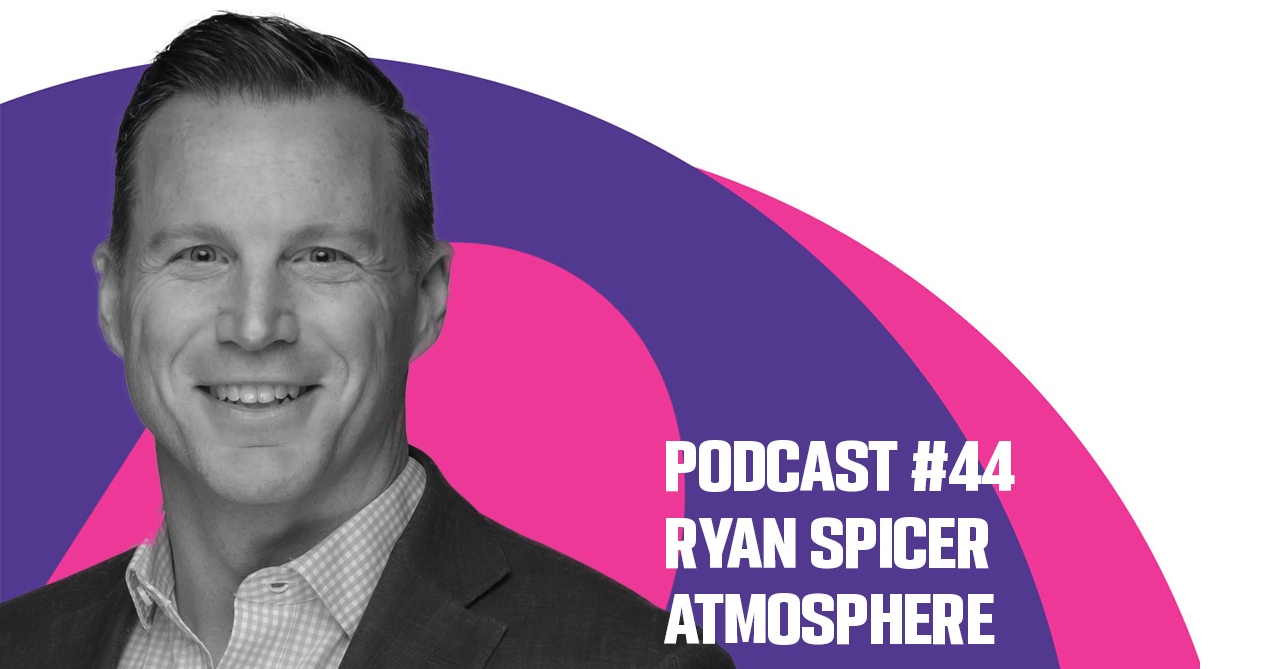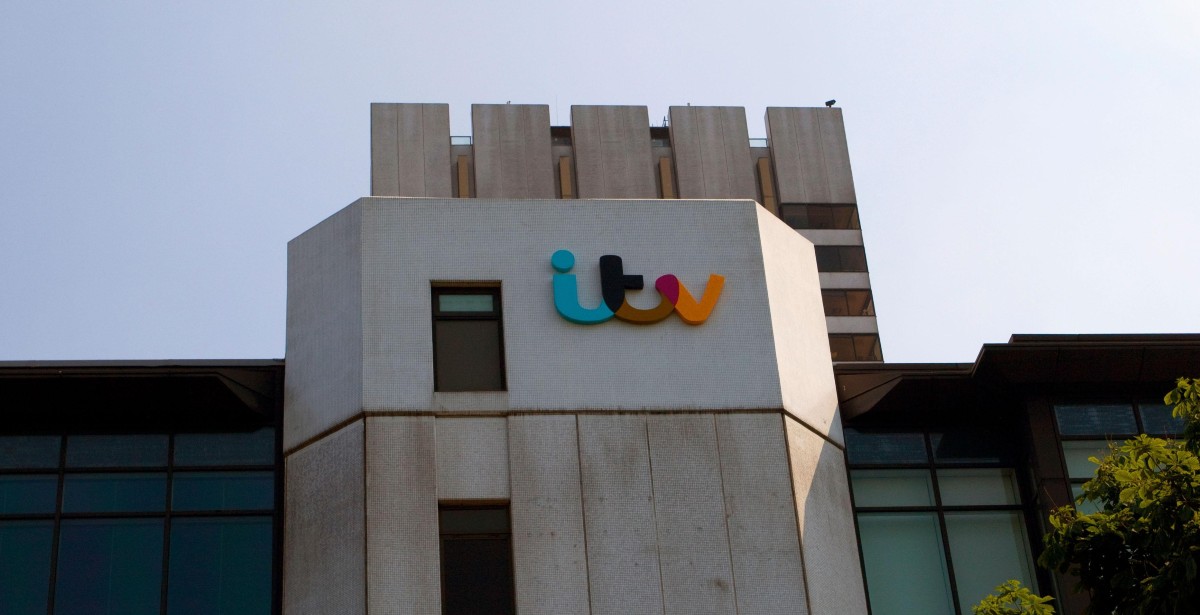 A lot of time and effort from CTV app owners and ad tech companies goes into capturing spend from well established TV advertisers, preventing as much as possible from drifting over to other digital channels.
A lot of time and effort from CTV app owners and ad tech companies goes into capturing spend from well established TV advertisers, preventing as much as possible from drifting over to other digital channels.
But as the space matures, we’re also seeing companies emerge which are targeting new types of demand which have been inaccessible to traditional TV – some of which are very sizeable. Just last week VideoWeek covered a successful funding round for Vibe, a company looking to draw SME dollars into streaming.
Wurl meanwhile is targeting a different bucket of performance marketing spend. The company, which operates across CTV distribution, monetisation, and demand, was acquired by mobile ad tech business AppLovin back in 2021. And Wurl is bringing mobile-style performance marketing – where advertising is a revenue centre rather than a cost centre – to CTV for both mobile apps and CTV apps.
VideoWeek spoke with Wurl CEO Ron Gutman to discuss the parallels between CTV and mobile app ecosystems, how mobile-style performance marketing works in CTV, and how the FAST ecosystem is evolving.
For anyone unfamiliar, where does Wurl operate in the CTV space?
We have three products: one for distribution, one for supply and one for demand. We started in 2017 working on free ad-supported streaming TV (FAST) channels, and that’s still where we work on the distribution front. We work with content companies who upload their content and create channels on our cloud platform, and then those apps are distributed to over 50 different FAST platforms including apps and smart TV manufacturers. We’ve created more than 4000 channels, and launched around 1000 channels just last year.
The second product is supply. For a lot of these companies, CTV is a new market for them. So if our customers can’t sell all of their inventory, we’ll sell the rest for them. On average we add around 10-20 percent more demand to all the publishers we work with, so its a substantial business. And because we’re connected to so much CTV inventory, we regulate data and augment it across that inventory, so advertisers can run cross-platform campaigns with standardised data sets. We launched that around three years ago, and it’s grown very fast particularly after AppLovin acquired Wurl in 2022, because they’ve brought a lot more demand.
Then on the demand side we have two products: ContentDiscovery and AppDiscovery. App discovery is the performance marketing platform which AppLovin has for mobile, so it allows mobile advertisers to run performance campaigns on CTV, with all the inventory and data we provide alongside regular mobile attribution. ContentDiscovery is very similar to AppDiscovery, but for CTV apps and CTV content. So if you’re a CTV company and you’re looking for customers who are likely to engage with your content, watch it for a long time, and subscribe to your service, ContentDiscovery does that.
FAST makes it easier to spin up a new channel than traditional broadcast TV, but it’s still not straightforward. What are the challenges with distributing FAST channels across a wide range of apps and platforms?
The problem with the market is it’s highly unregulated. Every app has their own API and their own requirements, and video in general has a lot of attributes that are very different, and a lot of formats that you need to support. So it’s extremely hard.
We work with lots of content companies, and it’s very hard for them to do it themselves. In my previous company, we developed technologies that allowed them to do it themselves, but nowadays it’s practically impossible. It’s also very expensive.
The first thing that we did here is we made it very easy and very inexpensive, to the point that it just doesn’t make sense for a content company to do it themselves. They upload their content to our platform, and in two weeks they’re distributed everywhere. The advantage we have is we’re working with over 4000 channels, so we benefit from that scale. When we invest in efficiency, all of those channels benefit, whereas with an individual company, they have to invest the same, but only their 5-10 channels benefit.
And as we’ve grown on the monetisation front, we actually pay the content owners at the end of every month because we monetise a lot of their inventory. We will generally monetise better than them, at least on some of their inventory, so we’re providing revenue for distribution, not just enabling it.
With FAST having grown so much, the space has grown increasingly crowded – both in terms of the number of platforms, and the number of channels held on those platforms. Do you think we’ll see consolidation anywhere within the space?
Well we haven’t seen consolidation in the mobile app space. But there are forces going both ways. With the amount of revenue in the space, big companies will want to drive consolidation so they capture more of that. But if discovery technologies improve, like they have on the internet, we’ll see exactly the opposite. It’ll be easier for content companies to get discovered, and find the right people to watch their content, and they won’t want to hand over control to the aggregators.
So it really depends on whether discovery on CTV looks more like traditional TV or mobile. With generative AI developments, we’re going to see more and more content produced, so there will be more media owners. And if we have strong discoverability, driven by AI and strong attribution, CTV could end up more like TikTok or YouTube, where anyone can publish content and get discovered by people who will engage with that content.
Some of the big broadcasters have been slower to move into FAST, though that now seems to be changing. Do you think we’ll see FAST become a bigger priority for big media companies going forward?
You don’t need a crystal ball to understand what will happen in the UK, because it’s following exactly what happened in the US about a year or two ago. Then the rest of Western Europe is another year behind. The same thing is happening in those markers.
So the first thing that happened in the US, and is happening elsewhere, is the OEMs offering hundreds of native FAST channels. In the UK some have already done that, and the rest will follow soon. Once that’s happened, every TV has hundreds of free channels, providing a lot of content. The advantage in Europe is a lot of the technologies developed in the US can be used in Europe, so that speeds up the process.
Then as it becomes easier to find good content on those platforms, that shifts viewers faster from traditional TV into CTV and FAST. I think for the first five years in the US, FAST looked like cable in terms of the EPG, but with way more channels. In the next five years, I think we’ll see more digital technology coming from social and mobile in TV, to solve that discoverability problem. And that trend will happen in Europe too.
The big broadcasters see this, so they don’t have a choice, and that’s why we’re seeing more of them launching FAST channels.
How does paid discovery and performance marketing work for CTV apps?
The trick for performance marketing on CTV, like on mobile, is that it shouldn’t cost you anything, it should actually make you money. And when that happens, the conversations between the CMO and CFO on how they spend becomes very different.
That’s the concept AppLovin brought to mobile and we’re bringing that to CTV. That’s what ContentDiscovery does, it measures 100 percent of conversions, and also measures how long users stay on the app and how much they’ve watched, so you can calculate the revenue made from the conversion. And if you make more than you spend, then you’ll never stop spending! So the limitation isn’t the budget, it’s how good the AI is at finding customers who will generate a positive return on spending.
How similar is performance on CTV to the mobile world?
It’s a little easier sometimes, because some of it happens all within one app. For example we’ve found it’s very easy to convert people to watch FAST channels they haven’t watched before on a platform they’re already watching. So the conversion cost on FAST can be very low. Another trick we’ve found which we use in ContentDiscovery is we see a person watching TV, but find them on mobile as well at the same time. So the TV is open, but they’re on their phone at the same time – inventory on mobile is less expensive, so it can be a cheap way to drive conversions.
Attribution on CTV is also fairly easy. IP addresses don’t change too much, so you can track users over time and look at multiple TVs in the same home watching content.
So in some aspects it’s easier. The part that’s still developing is content owners getting used to performance marketing. They spend a lot of money on marketing, but they’re not used to optimising the bottom of the funnel. ContentDiscovery is all about that bottom of the funnel optimisation – finding people who are likely to convert based on their viewing, and then delivering an ad at the right time.
What are your predictions for the industry for the years ahead?
We’ve seen a lot happening with AI already this year, with Gemini and Sora. But I’m not sure they’re going to change too much this year. This year I think we’ll see more content availability, more digital technologies coming into TV, better measurement, and better data targeting. And we’ll see advertisers paying more for CTV compared with traditional TV because of those advantages.
Then over time, I think we’ll see more social network technologies coming into CTV. So for example, when you’re watching something, you might be able to see who else is watching, who else in your social circle is watching, and what other shows they’re watching. That will help with recommendation and discovery.
And eventually, regular TV will become uncompelling. People always want to find content faster, or even for the content to find them rather than the other way round. And they want to understand how other people are interacting with that content. That will accelerate the shift of audiences from traditional TV to connected TV.
Then in three years, I think we’ll see production costs for TV change massively. CTV will be ready for that change, because discovery and interactivity will be digital, not like traditional TV.




